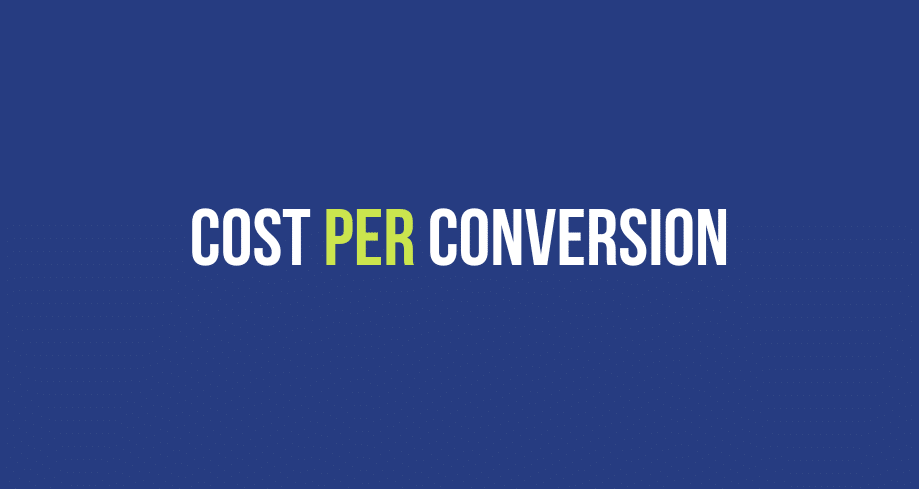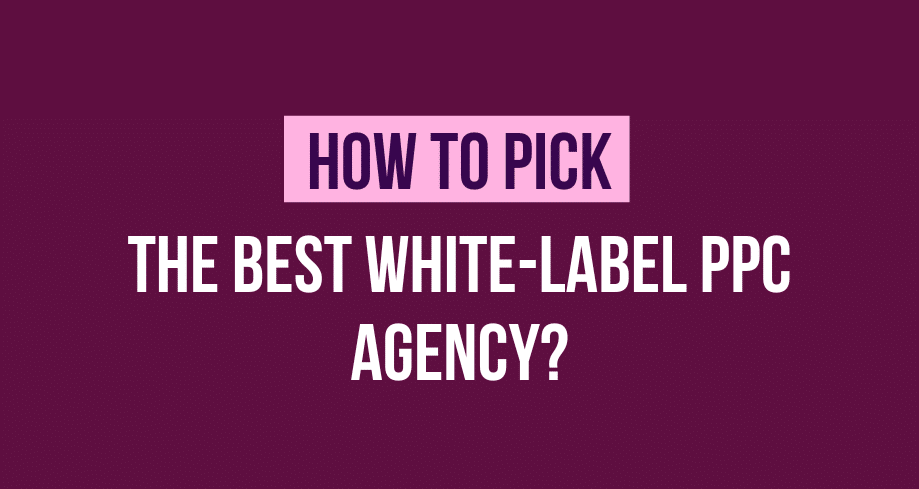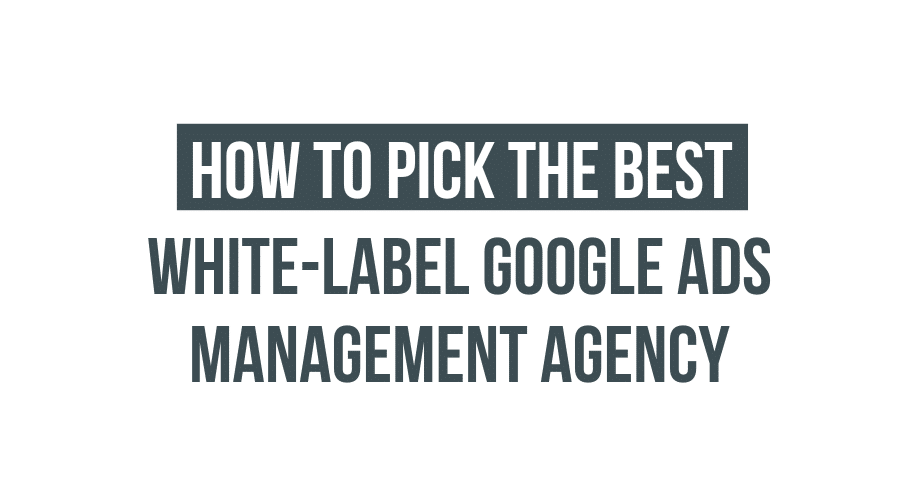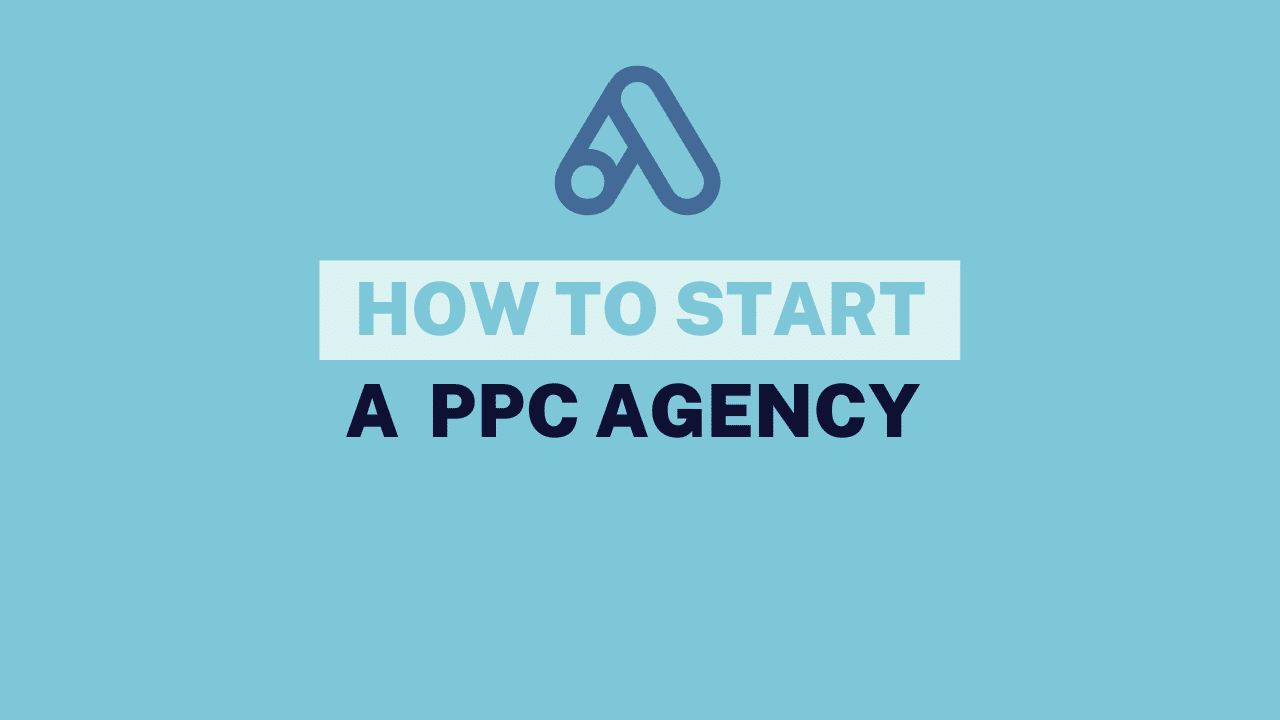Cost per conversion is a key metric used to measure the effectiveness of digital marketing campaigns. Businesses need to track their cost per conversion to determine how efficiently they spend their advertising budget and whether or not they are getting a return on investment (ROI).
By understanding the cost per conversion, marketers can make smarter decisions about where to allocate resources and optimize campaigns for better results. Plus, tracking cost per conversion helps identify areas that need improvement, such as ad targeting, website design, and user experience.
Understanding this metric will help businesses maximize their ROI from digital marketing efforts.
What is Cost Per Conversion (CPC)?
Cost Per Conversion (CPC) is an essential metric for online marketers, as it measures the total cost associated with acquiring an acquisition. This metric is typically used to analyze and compare different digital marketing campaigns so that marketers can determine the most effective at driving conversions.
In a nutshell, CPC measures the total cost of generating a conversion from an online campaign divided by the number of conversions achieved. It includes all costs of running a digital campaign, including clicks on advertisements, ad impressions, website visits, and more.
For example, if a digital marketing campaign had 100 clicks and ten conversions, its CPC would be $10 (the total cost divided by ten conversions).
Why is CPC Important to My Business?
Cost per click (CPC) is an essential metric for any business looking to maximize the performance of its online advertising campaigns. CPC measures the cost associated with each click on an advertisement.
- It can provide invaluable insight into how effectively a campaign performs in terms of clicks and conversions.
- By leveraging this metric, businesses can optimize their campaigns to ensure they get the most out of their ad spend.
- By understanding CPC, companies can better allocate their budget to ensure they are targeting audiences most likely to convert.
- Moreover, by tracking changes in CPC over time, businesses can adjust their campaigns to reduce costs while maintaining performance.
- Understanding changes in CPC also helps companies identify potential issues such as low-quality traffic or poor audience targeting.
What is the Difference Between the Cost Per Conversion and Cost Per Acquisition?
The difference between the cost per conversion and cost per acquisition is essential to understand when analyzing the effectiveness of advertising campaigns.
CPC
Cost per conversion (CPC) is the amount of money spent to generate a single conversion from an advertisement, such as a sale or sign-up.
CPA
Cost per acquisition (CPA) is the total amount of money spent on an ad divided by the number of conversions it generates.
For example: a company spends $50 on an advertising campaign to sign up 100 new customers. If they get 110 conversions, their CPA would be $0.45/conversion ($50/110).
However, if they only got 95 conversions, their CPA would be significantly higher at $0.53/conversion ($50/95). Therefore, calculating CPC can help you better understand how much you are spending per conversion when running advertising campaigns.
Which is Better, Cost Per Conversion or CPM?
When it comes to choosing between cost per conversion (CPC) and cost per mille (CPM), there are pros and cons to both approaches. The decision of which is better for a given situation largely depends on the advertiser’s goals, audience, and budget.
CPC
For advertisers just starting, CPC may be the more logical choice as it limits their risk by only requiring them to pay when a desired action is taken. This approach can also be helpful for advertisers with limited budgets who want to ensure they get a return on their investment.
CPM
On the other hand, CPM will generally be more expensive upfront but may yield more impressions, depending on how well an ad performs. This could benefit brands looking to build awareness or increase brand recognition.
Types of Ads
Another factor to consider when deciding between CPC and CPM is the type of ad being used; some ads perform better with one approach than another due to their placement. Social media ads work best with CPC, whereas display ads usually do better when using CPM.
Plus, specific advertising campaigns require one approach over another for them to be successful. For example, if targeting broad audiences or getting maximum exposure is the goal, CPM might be the better option due to its higher reach potential than CPC’s focus on conversions.
How to Reduce Cost Per Conversion?
Audience Targeting
One way to reduce cost per conversion is by utilizing target audience targeting methods. This involves segmenting potential customers into groups based on shared characteristics such as age, location, interests, behavior, and more.
Customized Ads
These segments are then targeted with ads tailored to their specific needs and interests. By creating targeted campaigns for these segments, businesses can ensure that their ad spend is reaching the right people, generating more conversions at a lower cost.
Quality Ads
Another way to reduce cost per conversion is by focusing on quality instead of quantity regarding ad placement. Many businesses need to focus more on how well those clicks and impressions convert into sales or leads.
Push the Right Channels
Companies should focus resources on the most relevant sites and channels to maximize their ROI while improving their cost per conversion rate. This can involve sophisticated tracking methods such as A/B testing or multivariate testing to discover which sites perform best for a given product or service.
How to Calculate Cost Per Conversion
To calculate conversion cost and the cost per conversion, start by determining the total cost of your marketing campaign.
What Does it Include?
This includes any advertising costs (pay-per-click ads, Google discovery ads, display ads,etc.), labor, and overhead associated with the campaign. Once you have these numbers in hand, divide them by the number of resulting conversions. The result is your cost per conversion.
For example, if you spent $1,000 on a campaign and received ten successful conversions from it, your conversion cost would be $100 ($1,000 divided by 10 = $100). This number helps determine whether or not your campaign is effective at reaching goals and generating conversions at an acceptable cost.
It’s important to note that several variables can affect this calculation. For example, suppose you have a high initial investment in ad spending but lower-than-expected results due to poor targeting or creative execution.
In that case, your cost per conversion may be higher than anticipated. On the other hand, if you have a low initial investment but get great results due to successful targeting and creative execution, your conversion cost may be lower than expected.
How Can I Improve My Cost Per Conversion?
- First, ensuring that the right keywords and ad placements are being targeted is essential. By choosing relevant terms and platforms, marketers can reach customers more accurately, reducing wasted ad spending while increasing conversions.
- Marketers should also pay attention to their overall strategy and adjust tactics accordingly. For example, retargeting lost leads or bidding on more competitive keywords may help drive campaign performance and reduce costs in the long run.
- On top of this, marketers should track their campaigns closely and make adjustments as needed to unlock further cost savings opportunities.
- Moreover, optimizing landing pages for better user experience can go a long way in improving cost-per-conversion rates. Landing page optimization should include page loading speed, design elements like color schemes or font size, content relevancy, and clarity of CTAs (call-to-action).
- Leveraging A/B testing can help marketers discover which landing page versions yield better conversion results while keeping costs low.
What is a Good Cost Per Conversion?
A reasonable cost per conversion (CPC) is a metric used to measure the effectiveness of a marketing campaign by identifying how much it costs to acquire a new customer as a result of the marketing efforts.
How to Calculate CPC?
CPC is calculated by dividing the total amount spent on a given ad campaign by the number of conversions that resulted from it. For example, if an advertiser pays $1000 on an ad campaign and results in 10 conversions, their CPC would be $100 ($1000 divided by 10).
What’s a Good CPC?
The goal of any successful advertising campaign should be to achieve a low CPC while still driving conversions. This means that you have to balance spending enough money on your ads so that they have an impact but not so much that it becomes too expensive.
It’s essential to remember that different industries have different results regarding CPC; for instance, some may succeed with higher CPCs due to the nature of their product or service. Additionally, ad placement and targeting can also significantly influence CPC.
Frequently Asked Questions
Should CPA be high or low?
The ideal Cost per Acquisition (CPA) will vary based on the industry and the product or service sold. Generally speaking, a lower CPA is preferable as it offers a better return on investment (ROI). Specific industries may require a higher CPA to generate the desired leads or conversions.
What are CPL and CPM?
CPL (Cost-Per-Lead) and CPM (Cost-Per-Mille) are two of the most commonly used pricing models in digital advertising. CPL is based on a pay-per-lead basis, meaning that the advertiser pays a predetermined amount for each lead generated from an ad campaign. On the other hand, CPM is based on a pay-per-thousand impressions model, meaning that the advertiser pays a predetermined amount for every thousand impressions of their ad.
What does CPA measure?
CPA, or Cost Per Acquisition, is a metric used in online marketing to measure the cost associated with acquiring a new customer. Advertisers use this metric to track how much they spend to get customers. This measurement can give an advertiser a clear understanding of how their budget is being allocated and whether or not the campaigns they are running are effective.
What is a good CPC?
A good cost-per-click (CPC) effectively converts customers and offers a return on investment (ROI) for businesses. Finding the right balance between a low CPC and high ROI is essential, as an overpriced CPC can lead to a decrease in website traffic, while an underpriced CPC may need to generate more conversions.
Wrapping Up
With this knowledge, companies can target higher-value customers who are more likely to convert at a lower cost. Armed with these insights into your customer behavior, you’ll be able to craft an effective digital strategy that drives conversions while also keeping costs low.




